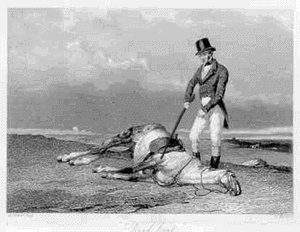Since there are very few bodies and fixtures currently available in the UE4 version, creating a new company there, complete with lore, has been a challenge. However, I will try my best with what I currently have, and will reserve this thread for fully original designs created in UE4, as opposed to remakes of cars I made in the Kee engine version.
Overview
Morton Automotive Developments (MAD) has been manufacturing cars since 1950, although it had been making commercial vehicles for 25 years before that. During the Great Depression, its trucks proved popular with industrial and freight companies, and this remained true throughout the Second World War. However, a post-war decrease in demand prompted company founder Bob Morton to switch his company’s focus towards passenger cars. Since 1947 the company has concentrated on a variety of market sectors, from compacts to sports cars.
The Corsair - A Legendary Muscle Car
Introduced in 1967, the Corsair was MAD’s first true entry into the muscle car market. The GT model shown here was powered by a 7-liter pushrod V8 driving the rear wheels via a five-speed manual gearbox. Its double-wishbone suspension at each corner gave it a level of dynamic ability seldom seen among its ilk, but its fuel consumption was notoriously high, although with an asking price of just $15200 without markups, it was still great value for money.
Production continued until 1973, but after a long period in the doldrums, used values have been increasing steadily as of late, after collectors finally realized its historical significance. Its spirit, however, lived on in other MAD models. Most importantly of all, though, the Corsair showed that Morton could build a dedicated performance car capable of competing with - and even surpassing - even the best foreign rivals. The best was yet to come…












































